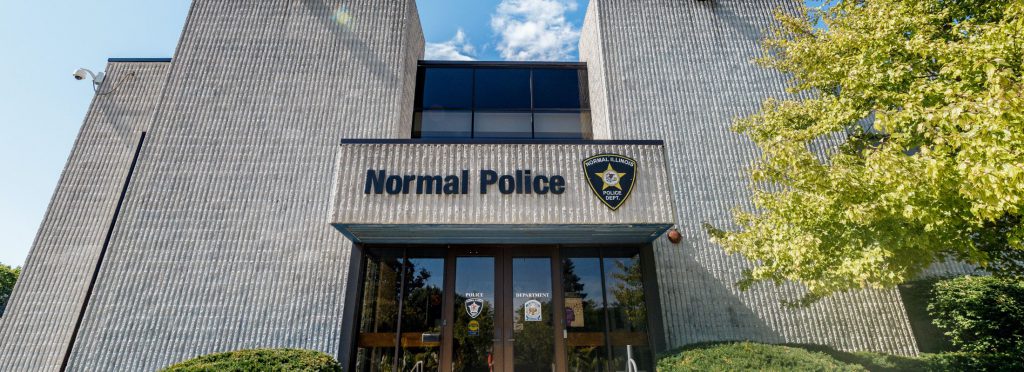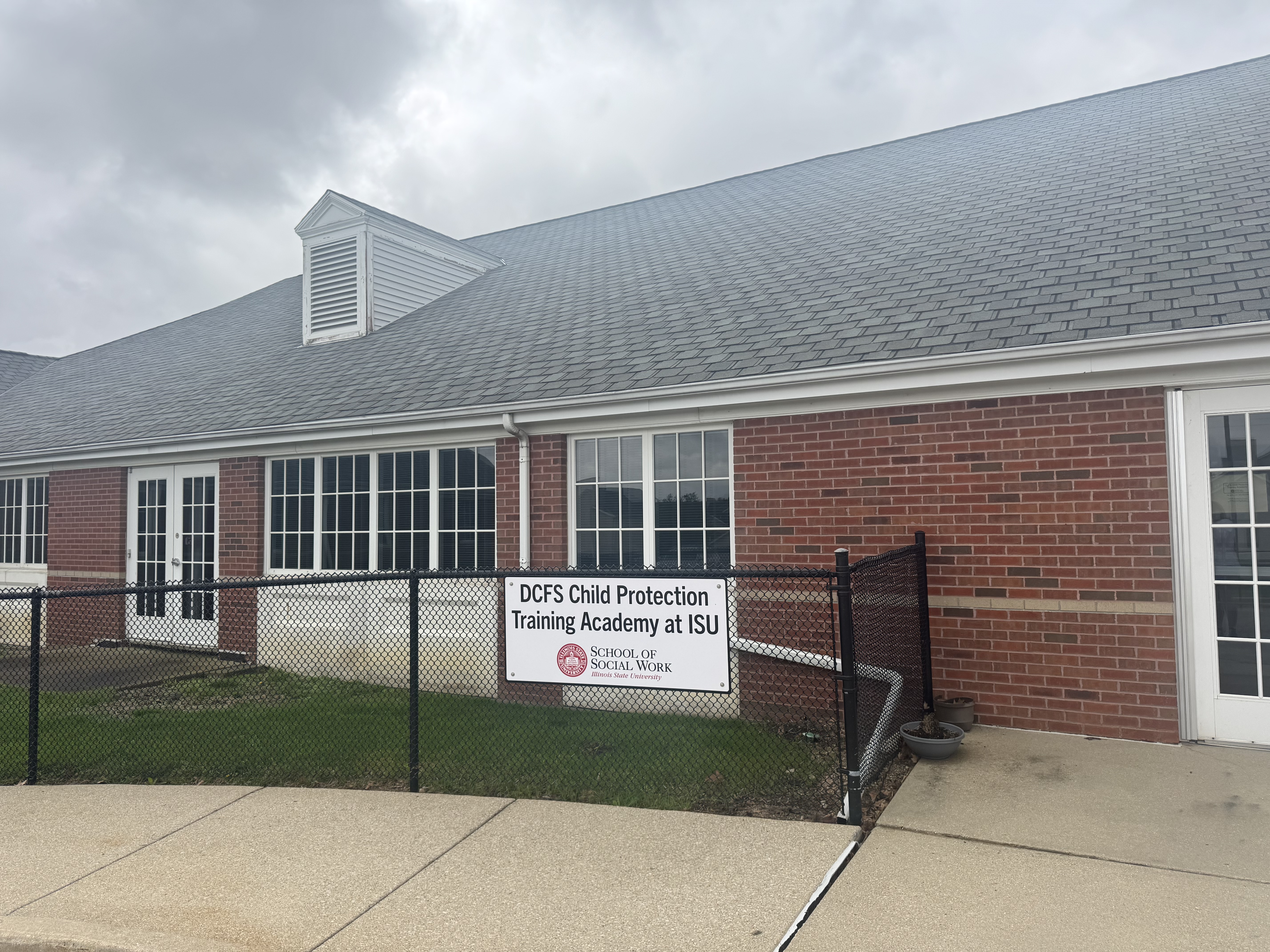The Faces behind the 2020 Census
Written by WZND Newsroom on September 15, 2020
NORMAL, Ill.- The 2020 Census has many faces behind the operation that happens only once every 10 years. Among these faces are those who are Census takers. Census takers are the data collectors and the first step to fulfilling the demands of the US Constitution.
But what did this job look like in the middle of a pandemic?
“The pandemic has posed some, some serious obstacles and we’ve had to make adjustments,” said Chicago Region Media Specialist Tim Swarens.
The first adjustment was made was in the US Census Bureau’s operational timeline. Census takers originally were scheduled to go into the field in May that was postponed. In some spots of the country Census takers entered the field in late July and other places, it was early August.
“We’re now doing, what’s called a numeration,” said Tim Swarens. “Census takers are visiting households that have not yet responded to the 2020 census. We’re taking a number of precautionary steps.”
Census takers have been trained in social distancing and other CDC guidelines to protect themselves in the public. Census takers are also wearing PPE as a part of the job and when they approach a household they will wear a mask and take other precautions to protect themselves and protect the public. When a Census taker visits a household to work with the people living there to complete the Census, that information is collected electronically.

Photo courtesy to US Census Bureau
Then the Census Bureau uses that information for aggregation. “First the taker must find out how many people are living in each community, then that information is used over the next 10 years in a number of important ways,” said Swarens. “Our goal is to count everyone and count them where they are living.”
“It’s really important that we get an accurate count this year, because that data is used for years to come,” said Swarens.
The Bureau works very closely with universities to count students. “If a student is living in a residence hall or in Greek housing, on campus housing of some type, we work with the universities to get an accurate count of the number of students living on campus,” said Swarens.
However, many students do live off campus and Swarens said it is really important for students who live off campus to complete the 2020 Census on their own.
“The important thing to remember is that they should complete the Census based on where they would have been living or should have been living on April 1,” said Swarens. “We understand that the pandemic interfered with off campus residents on April 1, but we want them to be in that off campus residence because it’s really important for this case, Bloomington-Normal, to get a very accurate count of number of students living in the city.”
In terms of duplication, some students may have been counted by their parents at their home address, and particularly if they return home in April.
“Despite that they should go ahead and complete the Census now, if they haven’t done so already, using their university address or off campus address, don’t worry about duplication,” said Swarens. “We have processes in place to identify duplicates and correct that information, but it’s really important that we get an accurate count of the number of students living off campus and on campus at each university.”
Need-To-Knows about the Census
Hundreds of billions of dollars a year are allocated based on census data. “We say 10 minutes to help your community for the next 10 years,” said Swarens. “It’s very easy to complete the Census, it’s nine questions. The information is kept secure. Your personal, identifiable information is kept confidential.”
That information is not shared with any other government agency under federal law.
“You can, you can help your community by investing just a few minutes,” said Swarens. ” You can go online, you can do it over the phone, mail back paper questionnaire and if you want a Census taker to come down they will do that too, but you don’t have to have a Census taker come to your house to do it.”
Another very important part of why the Census is done every 10 years is that it’s required as a part of our Constitution.
“The US Constitution and the federal government has been conducting a national census every 10 years since 1790,” said Swarens. “The reason why we do that is called reapportionment and reinforcing that involves determining.”

The Census Bureau became a permanent agency within the U.S. Department of the Interior on March 6,1902.
Photo courtesy to US Census Bureau
The number of US house seats that each state receives.
As the population shifts across the country, some states gain house seats every 10 years, some states lose house seats.
“It’s really important that we get an accurate count and know where people are living,” sad Swarens. “That we have fair representation in Congress.”
A larger state like Illinois. for example, will have more house seats than a smaller state like Wyoming.
The Census ends Sept. 30. 2020.





